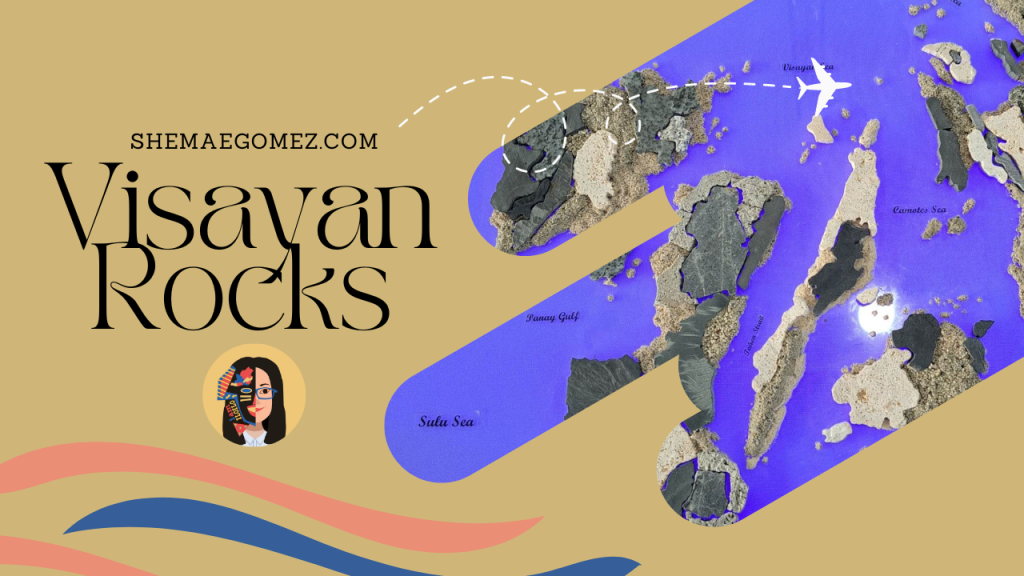Disclaimer: This is not the official press release or communications. The text are taken from the exhibit itself. All credit goes to the National Museum of the Philippines – Western Visayas Regional Museum, International Centre for the Study of the Preservation and for Restoration of Cultural Property (ICCROM), CollAsia Field Projects (Connecting Communities and Collections), and the Cultural Heritage Administration of the Republic of Korea.
Shells are hard exoskeletons composed of calcium carbonate that mollusks produce. A shell’s role depends on the soft-bodied organism that utilizes it. Generally, it acts as an outer covering for protection, ducts for excretion, outer extension for sensing, and support. Beautiful shells are a common sight all throughout the islands of the Visayas owing to its island arrangement giving rise to a wide range of bodies of waters including marine sanctuaries These marine species are found throughout the islands of Visayas.
These 17 specimens are part of a shell collection of Dr. Teodora Bagarinao, a scientist and former curator from the Southeast Asian Fisheries Development Center / Aquaculture Department (SEAFDEC/AQD). Dr. Bagarinao entrusted these shells to be exhibited in the Mobile Museum Boxes of the Visayas.
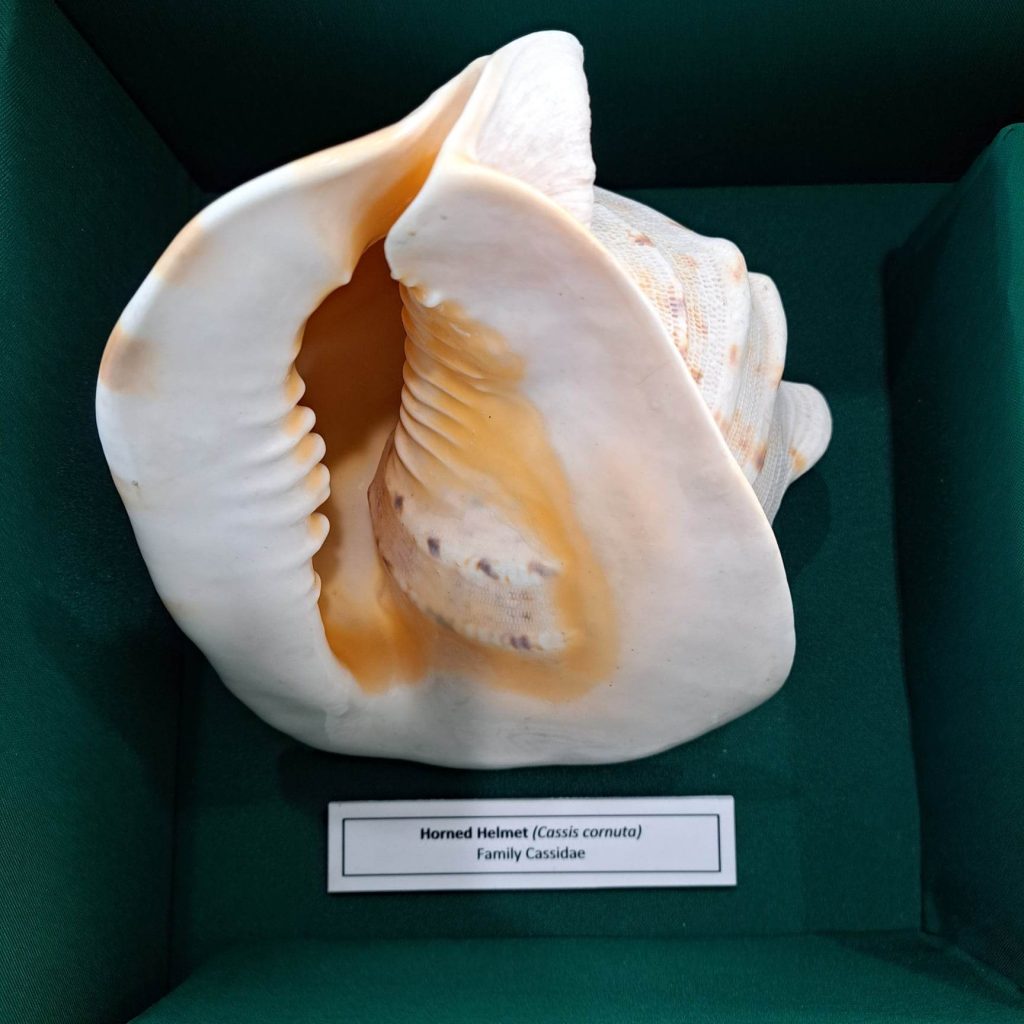
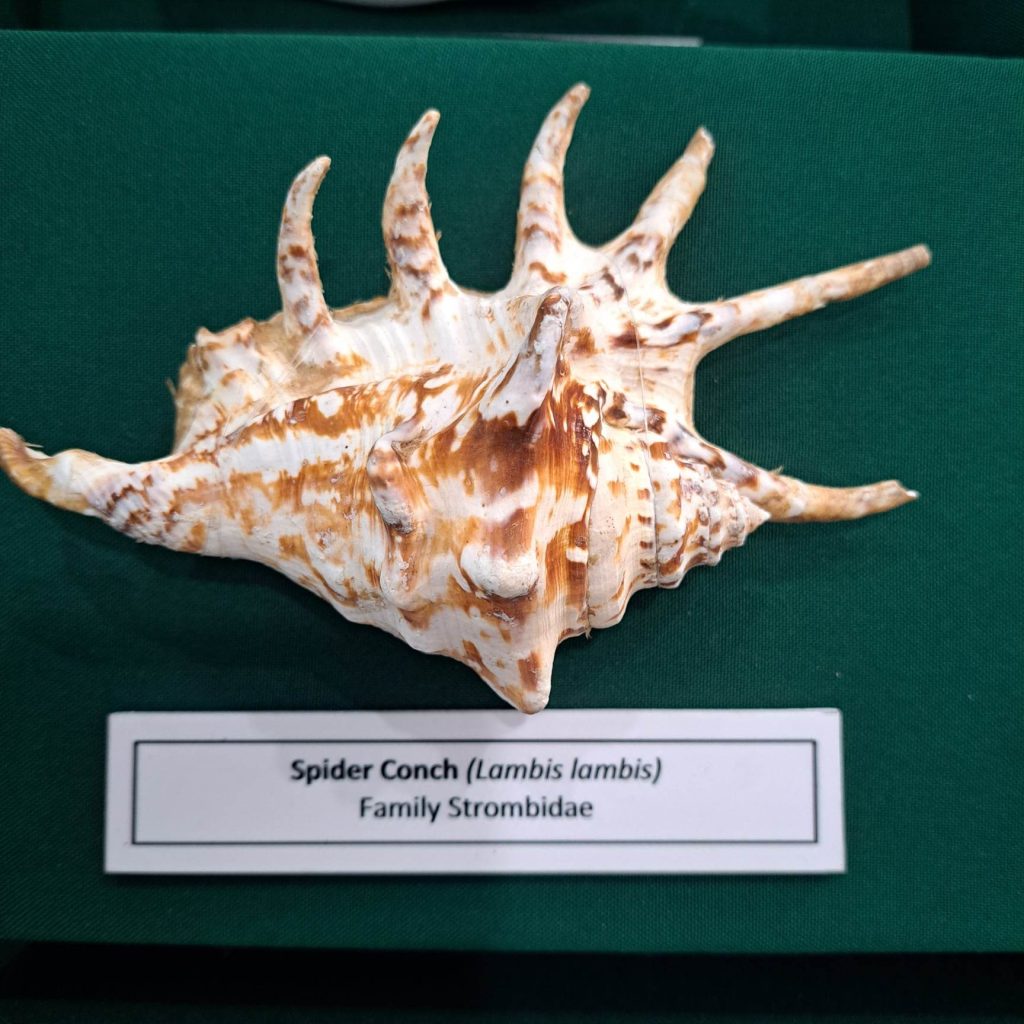
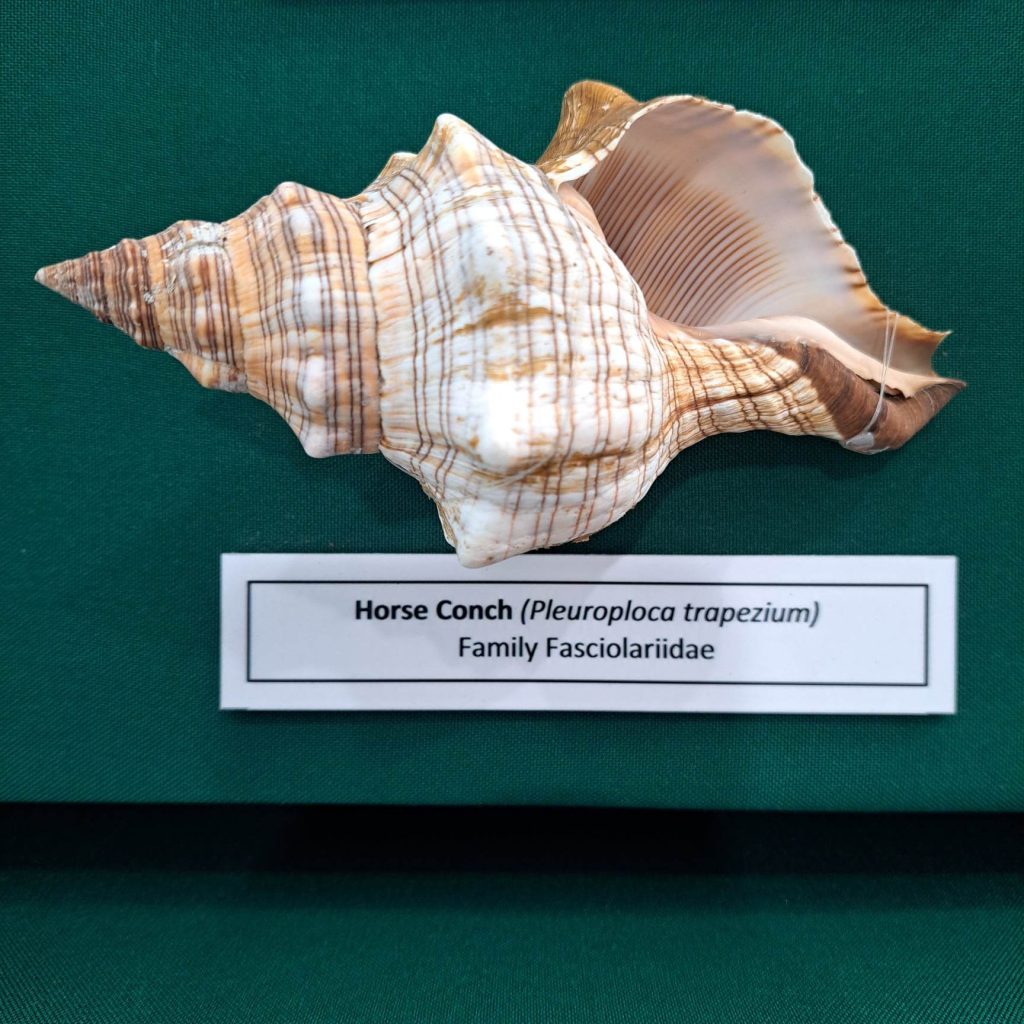
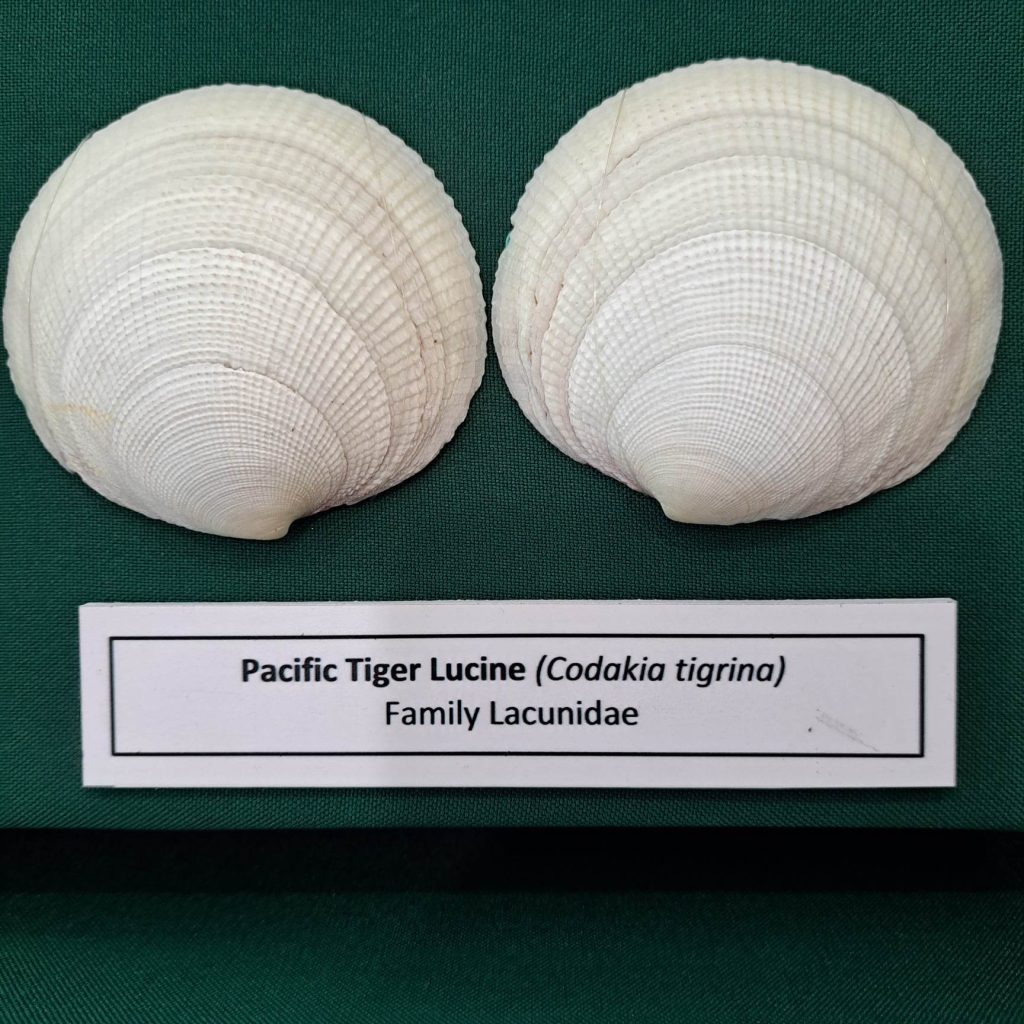

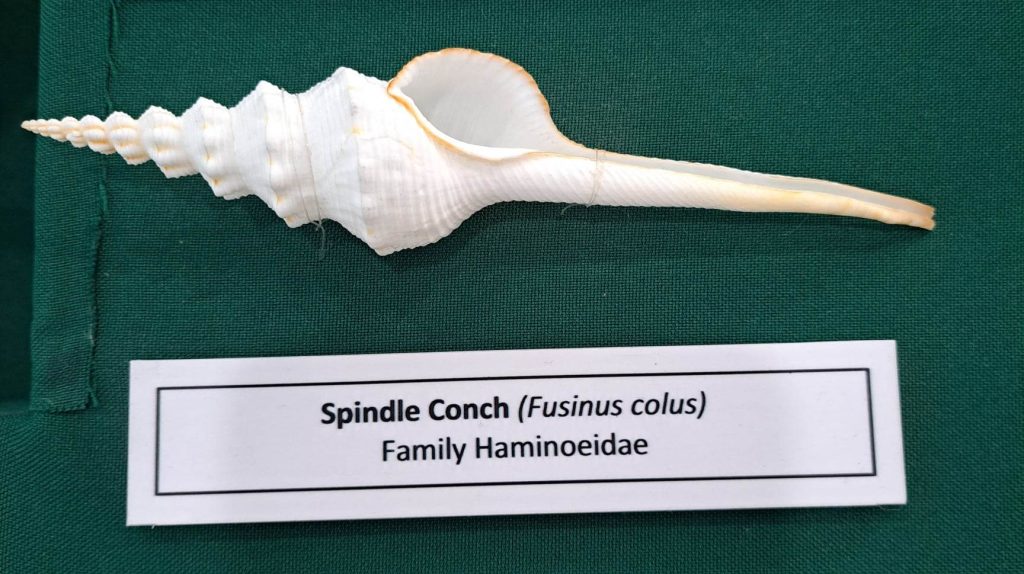
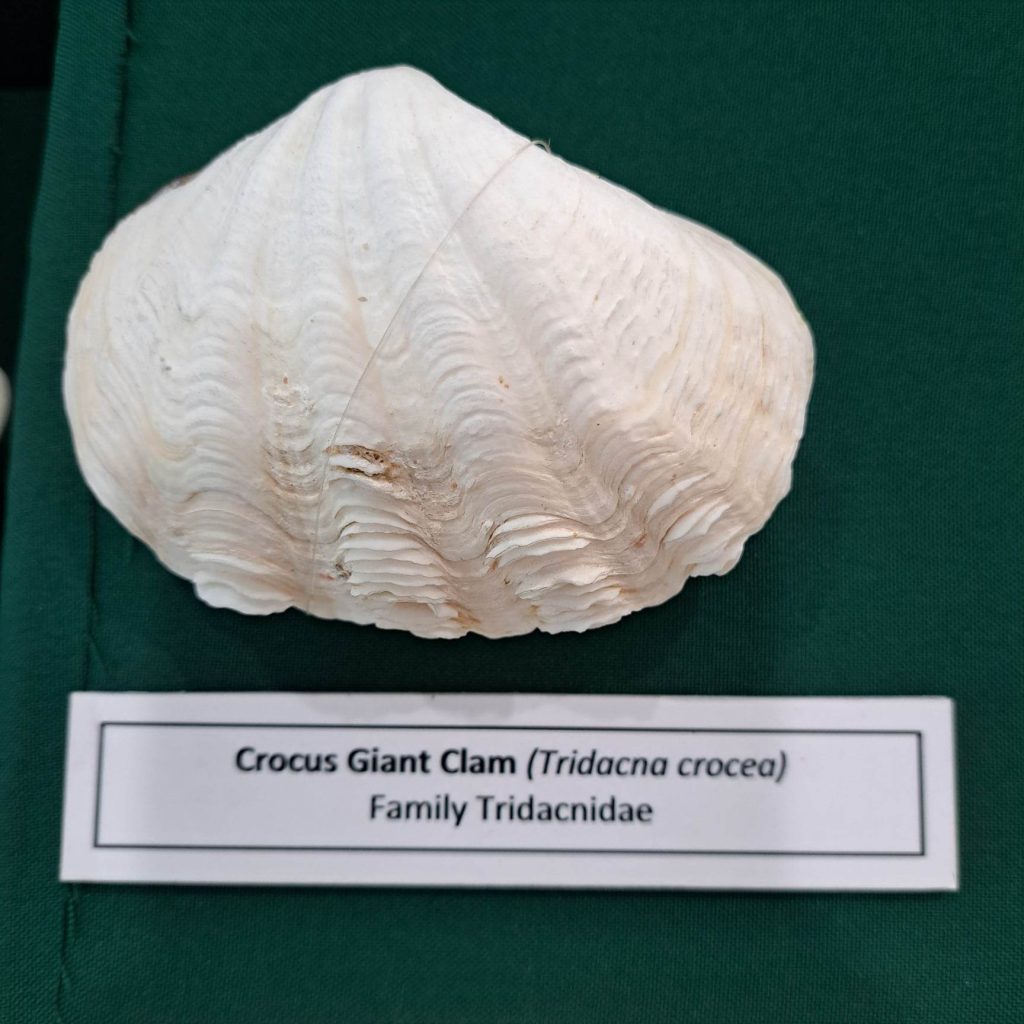
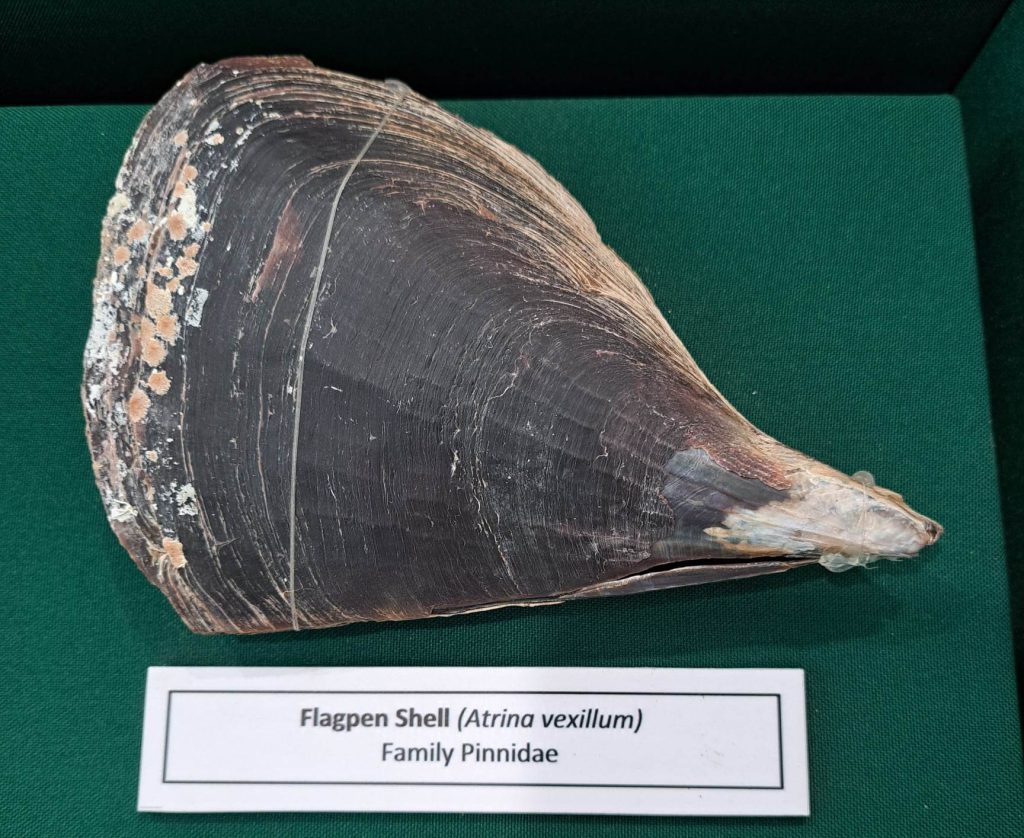
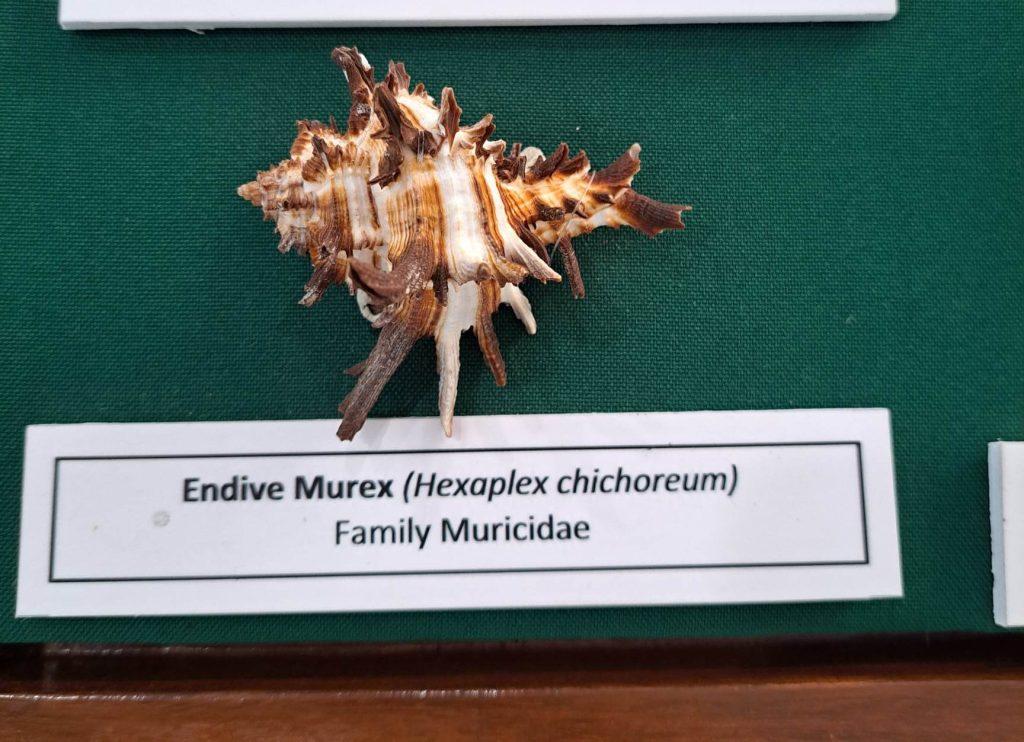
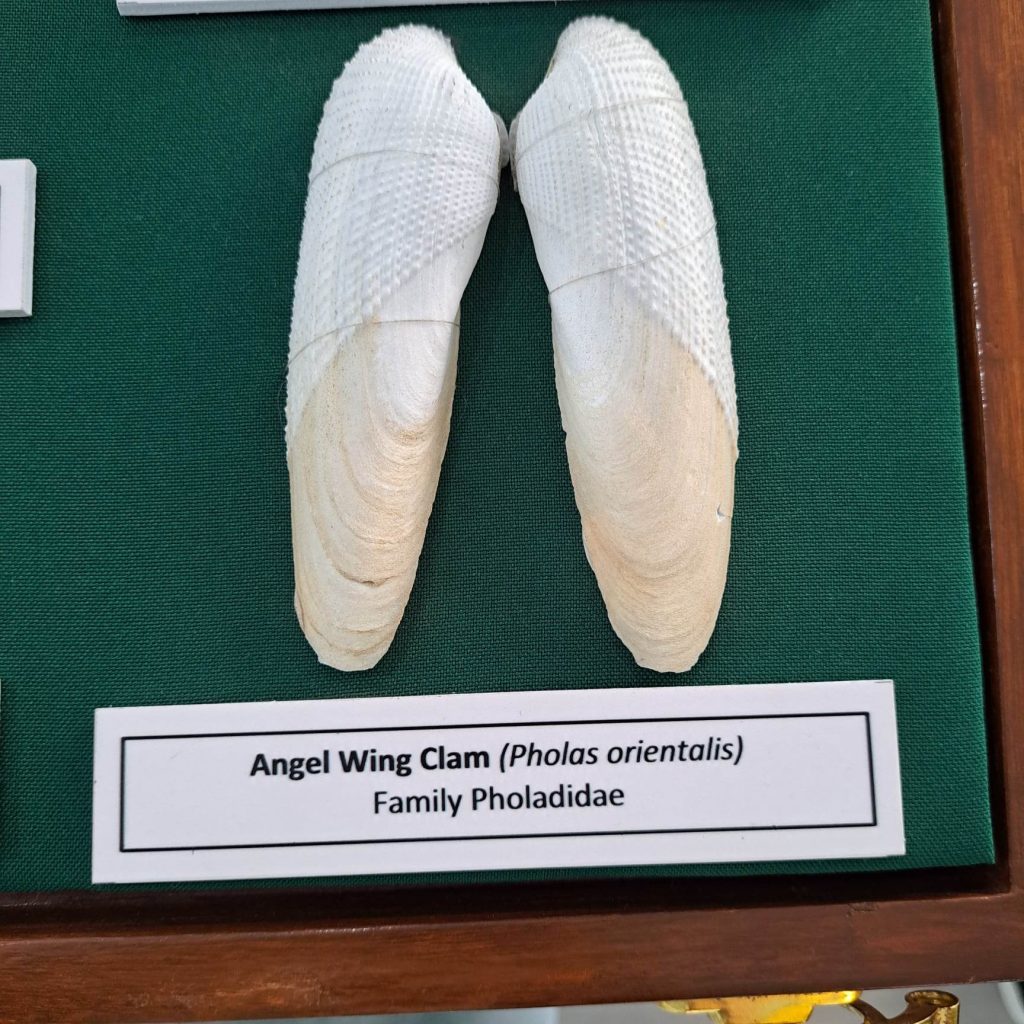
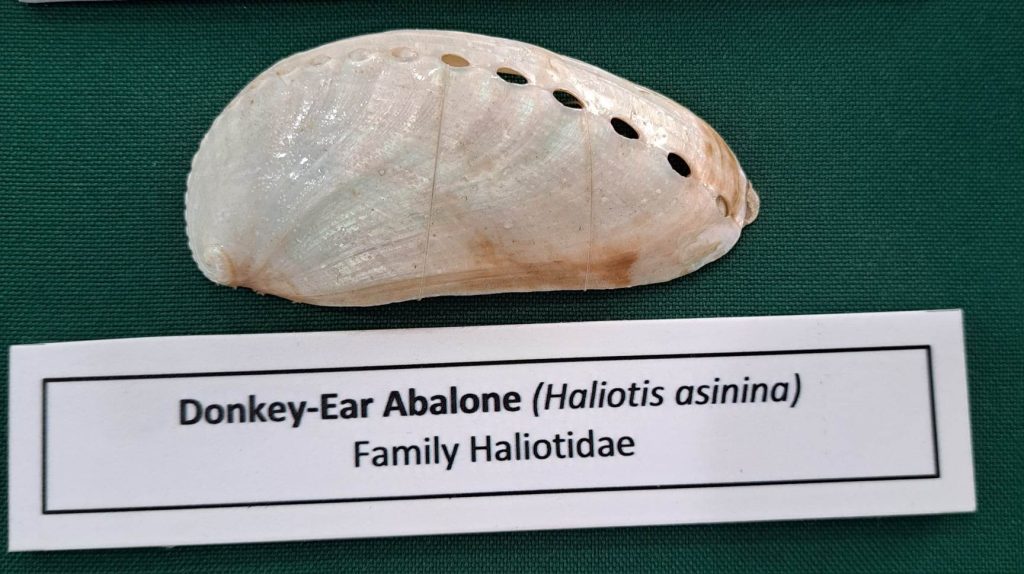

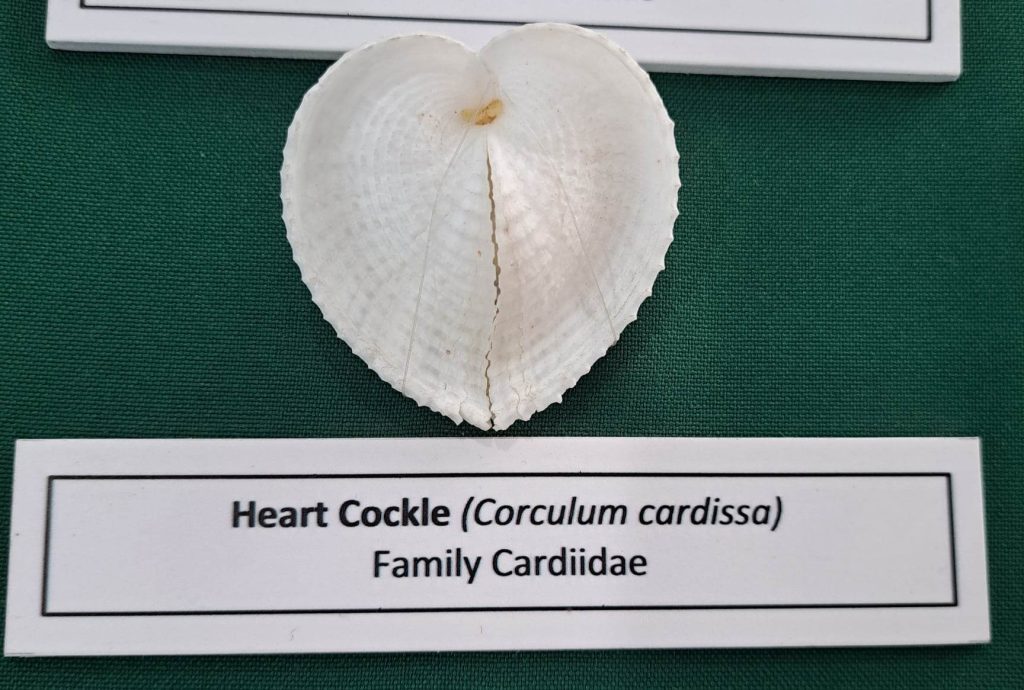

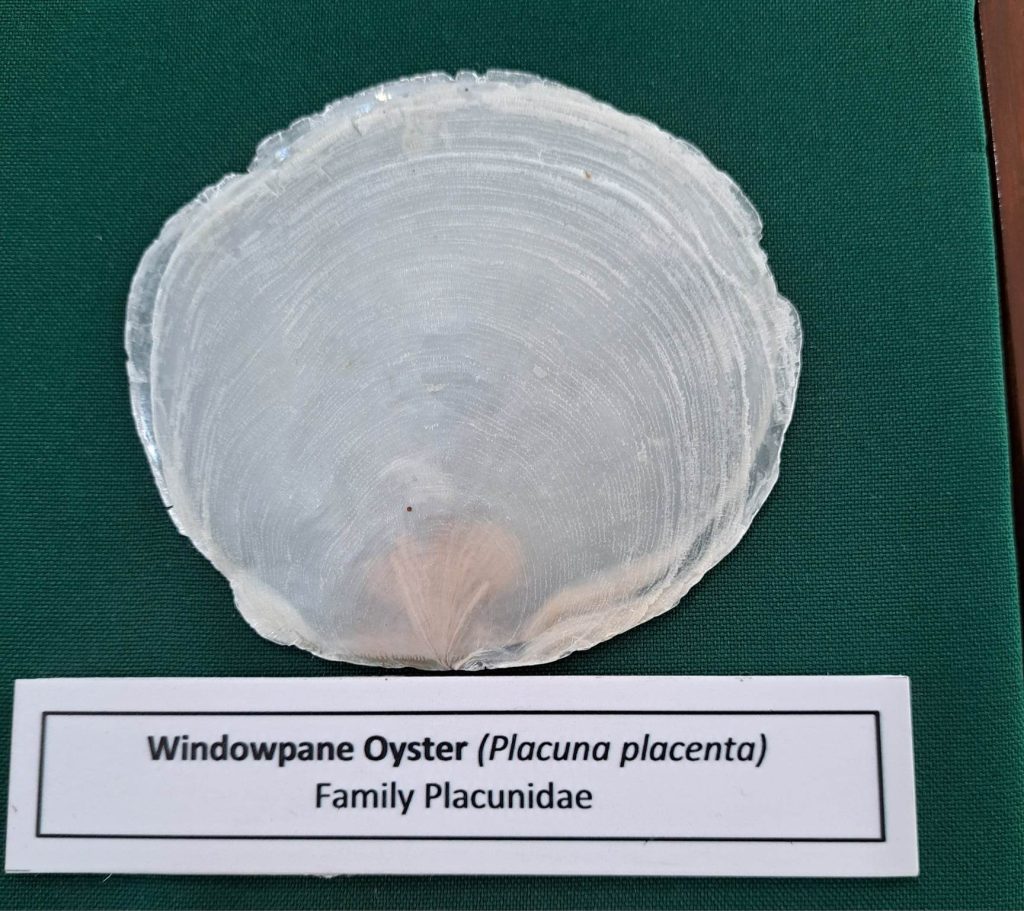
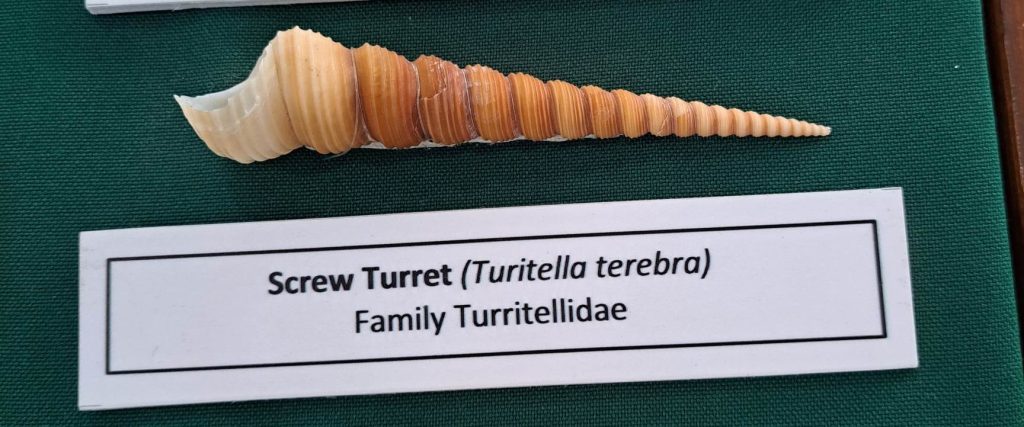
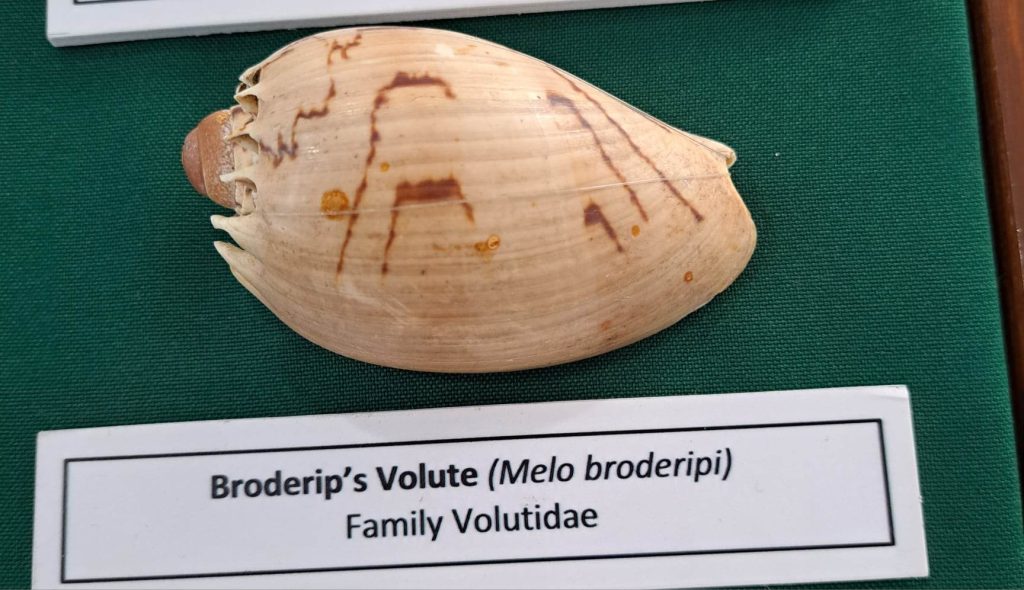
Pambansang Museo sa Barangay: Bringing Museum Collections to the Fringes
Parts of the Pambansang Museo sa Barangay:
Haból Panay: The Woven Artistry of Western Visayas
Amlig: Biodiversity Conservation in West Visayas Faunal Region
Elephant and Stegodont: The Gentle Giants of Panay
Other helpful exhibits:
Rocks of the Visayan Islands
Rafflesias of the Visayan Islands
Protected Areas of the Visayan Region
The Forest Products
The Forest Stratification
The Kanlaon Volcano
The Chocolate Hills
The Pawikan
**Content was only based on the photos I took during my personal visit. I may have missed significant details.
